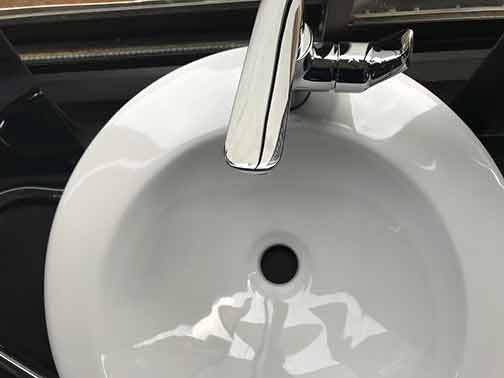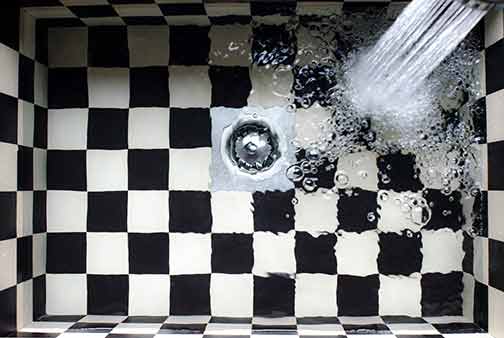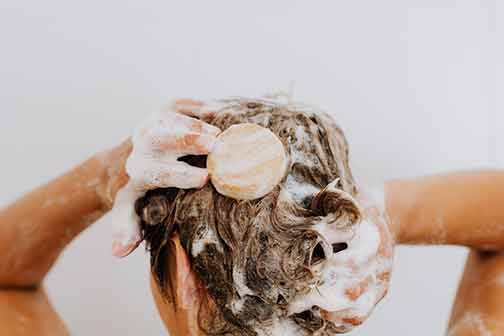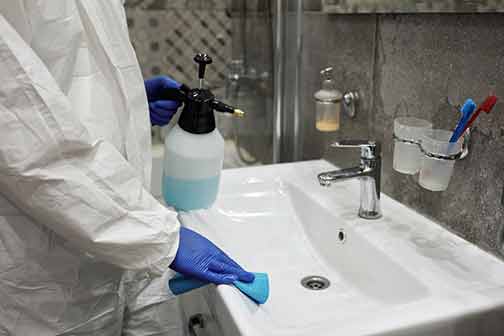
If you’re experiencing a slow or completely blocked drain, there’s no need to reach for harsh chemicals that can be harmful to both your plumbing and the environment. Below we will provide you with effective and natural methods to tackle the clog and restore proper drainage to your shower. Whether you’re an environmentally conscious individual or simply prefer a chemical-free approach, we’ve got you covered!
The Importance of Avoiding Chemical Drain Cleaners
Before we get into the various methods of unclogging a shower drain, let’s take a moment to understand why avoiding chemical drain cleaners is crucial for your plumbing system and the environment. Traditional drain cleaners often contain powerful chemicals such as lye and sulfuric acid, which not only pose a risk to your health but also cause significant damage to your pipes over time.
Chemical drain cleaners work by dissolving the clog, but they can also eat away at the pipes, leading to leaks or even burst pipes. Furthermore, when these chemicals are washed down the drain, they enter the water supply and can have harmful effects on aquatic life and ecosystems.
By opting for natural methods to unclog your shower drain, you protect your plumbing system and do your part in preserving the environment.
Method 1: Boiling Water
One of the simplest and most effective ways to unclog a shower drain is by using boiling water. This method works particularly well for clogs caused by soap residue or hair.
Follow these steps to unclog your shower drain using boiling water:
- Bring a kettle or pot of water to a boil.
- While waiting for the water to boil, remove any visible debris from the drain using gloved hands or a small tool.
- Carefully pour the boiling water directly into the drain in a slow, steady stream.
- Allow the hot water to work its magic for a few minutes.
- After sufficient time has passed, turn on the shower and check if the water is draining properly. If not, repeat the process.
This method is not only effective but also safe for most types of pipes. However, be cautious when using boiling water if you have PVC or plastic pipes, as the heat may cause damage. If you’re unsure about the material of your pipes, it’s best to call a professional plumber before attempting this method.
Method 2: The Bent Wire Hanger
A bent wire hanger is a handy tool that can help dislodge stubborn clogs from your shower drain. This method is especially useful for hair clogs in your shower.
Here’s how you can use a bent wire hanger to unclog your shower drain:
- Find a wire hanger and straighten it out as much as possible.
- Bend one end of the hanger into a small hook shape.
- Remove the drain cover, if possible.
- Insert the hook end of the hanger into the drain and begin fishing for the clog.
- Gently pull out any hair or debris that you can reach.
- Repeat the process until you no longer pull out any clogs.
- Once you’ve removed the clog, run hot water down the drain to flush out any remaining residue.
This method requires a bit of patience and effort, but it’s highly effective in removing hair clogs. Feel free to wear gloves if you find it more comfortable.
Method 3: Baking Soda and Vinegar
When combined, baking soda and vinegar create a powerful yet safe reaction that can help unclog your shower drain. This method is best suited for partially blocked drains.
Follow these steps to use baking soda and vinegar for unclogging a shower drain:
- Pour half a cup of baking soda directly into the drain.
- Follow the baking soda with one cup of white vinegar.
- Quickly cover the drain with a cloth or drain plug to prevent the mixture from bubbling up.
- Allow the mixture to sit in the drain for about 30 minutes.
- Remove the cover and carefully pour hot water down the drain to flush away the clog.
The combination of baking soda and vinegar helps break down the clog, allowing it to be easily washed away by the hot water. This method is safe for most types of pipes and has the added benefit of eliminating any unpleasant odors.
Method 4: Wet/Dry Vacuum
If you happen to have a wet/dry vacuum at hand, you can use it to remove obstructions from your shower drain. This method works well for both minor and stubborn clogs.
Here’s how you can utilize a wet/dry vacuum to unclog your shower drain:
- Set your vacuum to the wet mode.
- Seal off the vent found on the vacuum to ensure maximum suction.
- Place the vacuum hose directly over the drain, creating a tight seal.
- Turn on the vacuum and let it run for a few minutes.
- Check if the clog has been successfully removed by running water down the drain.
The powerful suction of the wet/dry vacuum can dislodge and remove clogs from your shower drain, providing efficient results. However, keep in mind that wet/dry vacuums vary in power, so results may vary depending on the specific model you’re using.

Once you’ve removed the clog, run hot water down the drain to flush out any remaining residue.
Method 5: Natural Enzyme Cleaner
If you prefer using a cleaning product specifically designed for unclogging drains, opt for a natural enzyme cleaner. These cleaners contain live enzymes that break down organic matter such as hair, soap scum, and grease.
Follow the instructions provided on the enzyme cleaner’s packaging for the best results. Typically, you will need to:
- Pour the recommended amount of the enzyme cleaner directly into the drain.
- Allow the cleaner to sit in the drain as instructed.
- Flush the drain with warm water to remove the loosened debris.
Using a natural enzyme cleaner is a safe and effective way to unclog your shower drain without resorting to harsh chemicals. These cleaners are generally biodegradable and environmentally friendly.
Preventing Future Clogs
Once you’ve successfully unclogged your shower drain, it’s essential to implement preventive measures to avoid future clogs. Here are some tips to keep your shower drain flowing smoothly:
- Install a drain cover or strainer to catch hair and large debris before they enter the drain.
- Regularly remove any collected hair or debris from the drain cover.
- Use a shower drain cleaner made specifically for preventive maintenance to keep your pipes clear.
- Avoid pouring grease or oil down the drain, as they can solidify and cause clogs.
- Flush your drain with hot water regularly to prevent buildup.
By following these preventive measures, you can minimize the occurrence of clogs and maintain a healthy plumbing system.
Wrapping it Up
Unclogging a shower drain without using chemicals is not only effective but also preferable for the well-being of your plumbing system and the environment. By utilizing methods such as boiling water, a bent wire hanger, baking soda and vinegar, a wet/dry vacuum, or natural enzyme cleaners, you can restore proper drainage to your shower safely and efficiently.
Remember to take preventive measures to avoid future clogs and maintain a smoothly flowing shower drain. With a little effort and these natural methods, you can keep your shower drain clear and minimize the need for chemical drain cleaners.




